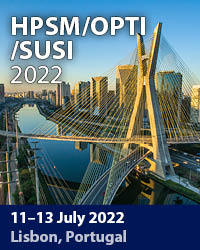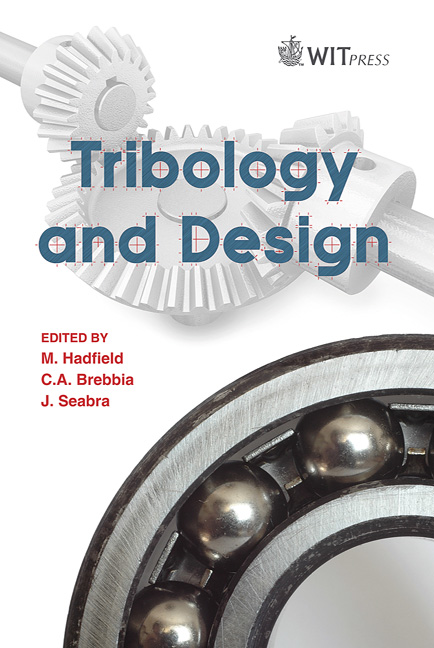A Method For Matching Fractured Surfaces Using Shadow Profilometry
Price
Free (open access)
Transaction
Volume
66
Pages
12
Page Range
237 - 248
Published
2010
Size
1,478 kb
Paper DOI
10.2495/TD100201
Copyright
WIT Press
Author(s)
N. H. Maerz & M. C. Hilgers
Abstract
Characterization of fractured surfaces is of interest to forensic scientists because the measurements can be used to investigate if two fractured surfaces have originated from a single common item, thus allowing the scientists to reconstruct shattered objects and structures. Fracture surfaces of object fragments that failed in tension under load or were torn apart because of explosive forces will have essentially matching surfaces. This paper presents an inexpensive technique for constructing a digital image of a three dimensional surface via two dimensional slices of very small objects using shadow profilometry. This method preserves minor details so that measurements can be made to characterize each surface and calculate the likelihood that the two surfaces were disjointed. Samples were created by using a load frame to pull apart round, square, and rectangular rods of various materials, such as high and low carbon steel, aluminium, brass, and copper. Other samples were created by blasting. Various methods and algorithms utilizing optical microscopy, shadow profilometry, and digital image processing were developed to characterize two fracture surfaces to determine if they originated from a single common object. Keywords: surface roughness, surface characterization, shadow profilometry, forensic investigations.
Keywords
surface roughness, surface characterization, shadow profilometry, forensic investigations





